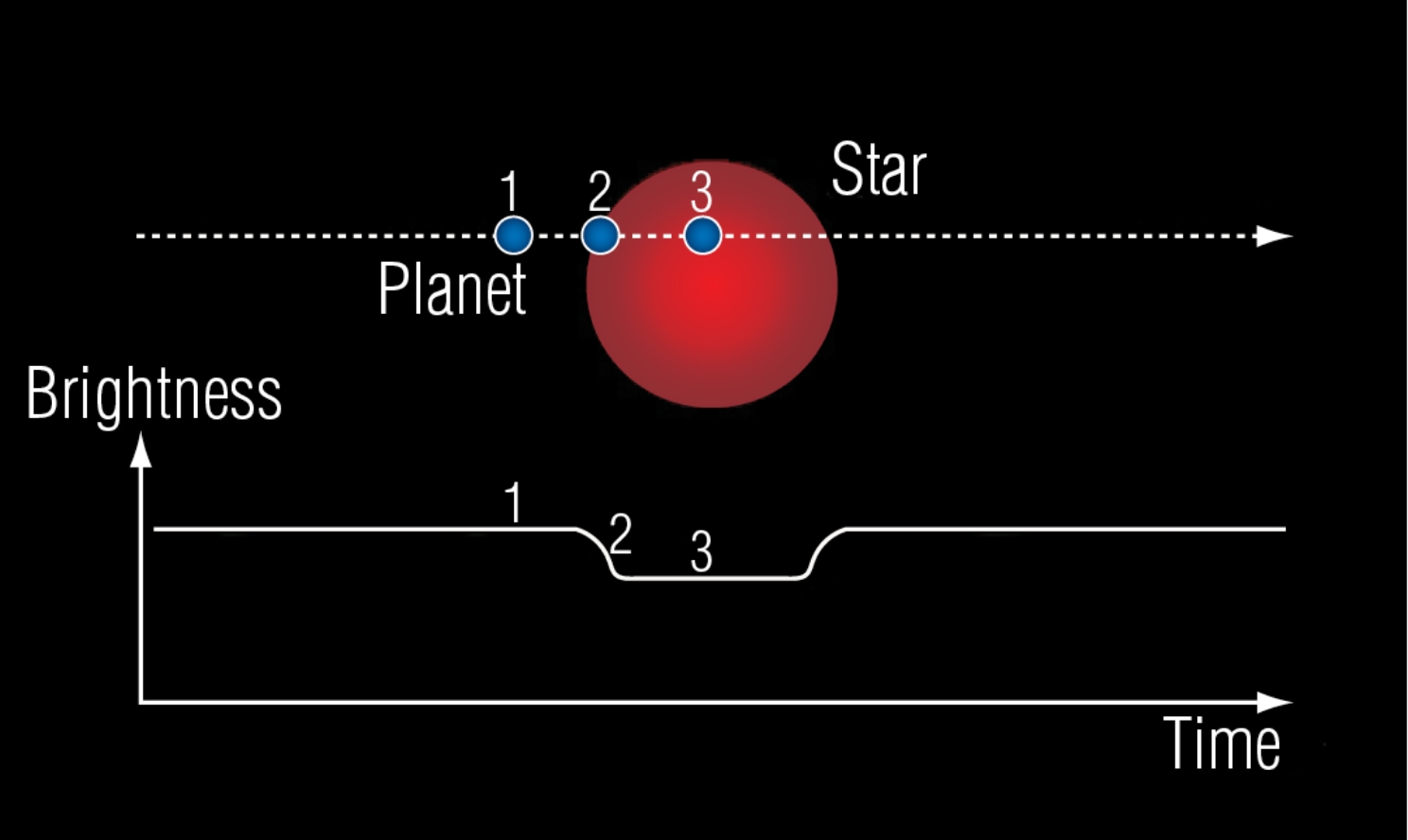
There are literally sextillions of stars peppered throughout the universe. Our galaxy alone contains at least 400 billion of them, yet, for a significant portion of our history, we weren’t sure if our galaxy was alone—or whether our solar system itself is special or unique. Now, all of that has changed, thanks, in part, to our “eyes in the sky,” like Hubble and the resurrected Kepler Space Telescope.
These telescopes help us see things that aren’t discernible to the human eye using filters that are sensitive to ultraviolet, infrared, and x-ray emission. In addition to the difficulties presented in attempting to detect such faint source of light, the planet’s parent star poses another challenge. Its sheer brightness often causes a glare that frequently washes out the planet. For those reasons, fewer than 5% of extrasolar planets have been directly detected and observed, and most of those that have are gas or ice giants. So, how, pray tell, do we detect such planets when the light they emit is so faint compared to their parent star?
What You Need to Know About Finding Alien Worlds:
In the olden days, we measured a star’s position in the sky and observed how its position would change over time. Usually, this was done visually with handwritten records but, thankfully, modern technology allows us to take an easier, more effective, route, which subsequently gave rise to a few different indirect methods of planet detection. Perhaps the most revered is the radial velocity method. As happens with the Sun and the planets in our solar system, other stars with planets will move in their own small orbit in response to the planet(s) gravity.

This leads to variations in the speed at which the star moves towards or away from Earth. The radial velocity can be deduced from displacement in the parent star’s spectral lines due to the Doppler effect, which is the change in frequency of a wave for an observer moving relative to the source of the wave.
More specifically, the radial velocity method measures these variations in order to confirm the presence of any planet(s). The problem is that the method is distance dependent, so we generally look nearby. no farther than 160 light-years from Earth.
There’s another kink… It can easily find massive planets that are close to stars, but the farther any orbiting exoplanet is from its parent star, the more difficult, and longer it takes, to find it. Also, planets with orbits highly inclined to the line of sight from Earth produce smaller wobbles, and are thus more difficult to detect.
For stars that are even more distant, we generally rely on the transit method. Through it, astronomers watch as a planet passes in front of its parent star relative to us. If a planet is there, it will obstruct a sliver of starlight.If not, the star’s luminosity remains unchanged. The extent of dimming depends upon the size of the star and any orbiting planet.
This technique is far from ideal, since it doesn’t give us any real information about the mass of the planet(s). It does, however, shed light on things such as radius and chemical composition.

Real transits can only be witnessed under certain circumstances: namely when the planet’s orbit and that of the observer perfectly align. Additionally, smaller, terrestrial planets rarely turn up, only hot-Jupiters that orbit close to their parent star. The why part is pretty straightforward: because they are much smaller than Jupiter-sized worlds, the light they obstruct is less and this makes the transit more difficult to detect.
However, there are advantages. This method seems to works best when scanning a multitude of stars at once. Transit surveys can effectively find extrasolar planets at a rate that exceeds the radial-velocity method many times over; Kepler alone has detected over 2,000 candidates so far.
How We Know What Planets Are Made Of:
Over the years, we have finely tuned our techniques, invented many new ones and have made much progress finding alien worlds. Now, we can even tentatively determine what some exoplanets are made of.
In order to do that, we obtain what is known as a planetary transmission spectrum, which is acquired using light that streams through its atmosphere. Because of the size discrepancy, it’s virtually impossible to differentiate between the planet and the star, so we record the spectrum of the star before and during a transit—If the planet has no atmosphere, it will block the same amount of light at all wavelengths; If it does, gasses in it will absorb additional light. The two numbers are then divided and you get the planet’s atmospheric transmission spectrum.
Again, this is no easy feat given the fact that the light blocked by the planet is a mere percentage of the star’s total output. However, it is doable. When light interacts with atoms and molecules in the exoplanet’s atmosphere, it absorbs certain wavelengths on the spectrum, and those wavelengths are indicative of certain elements on the spectrum.

TL;DR:
Basically: By using spectroscopy on the starlight that pours through an alien planet’s atmosphere, we can learn the composition of the planet based on the wavelengths of light present. Every element has a certain atomic structure, which leads each to absorb/reflect different wavelengths.